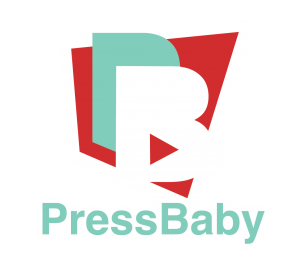Over the last three months, I was a participant in the ARK Challenge startup accelerator program, along with eight other companies. For 14 weeks, we intensely worked on our startup business ideas with the help of a vast network of mentors to lead us to the final Demo Day to pitch for investments. Ultimately, our team didn’t win one of the investment prizes, but I feel like I won just being a part of the program with the education I received through experience. It will take many blog posts to share all that I learned. Today I want to talk about the importance of branding the startup right from the start.
I have a saying that I apply to how I dress each day: “Because presentation is vital and how you say it can be just as important as what you say.” On my personal blog, I apply it to my clothing; but it is relevant to everything in life and business. How you present yourself is how you want people to perceive you. The branding of your business is your initial introduction of the concept to most investors and potential customers. The branding indicates that you take pride in the company, that you have a vision that can be expressed in color and identity, and makes your company communications both consistent and memorable. A great idea can get lost in the clutter of poor presentation.
To get to a brand identity, designers require a thoughtful and complete project brief where the business founder answers questions about the tone/voice/personality of their brand, how she wants the business to be perceived, the meaning behind the name of the company, the unique value proposition and the target audience. Going through this process forces startup businesses to think about these things and not just the product they are building. Thinking through these elements can provide that “North Star” for communications positioning. The companies I saw that waited until the end of our accelerator program to work on branding were struggling to tell the brand story in an investor presentation because they had been so focused on the product and not the actual selling of the product.
There is an approach in the startup community called “minimum viable product,” or MVP. This approach is basically to get a version of the product in the hands of potential customers as quickly as possible regardless of what it looks like at the time. Doing this is meant to learn if the product is one that consumers actually want and to learn usability experiences for improving the next iteration of the product. This approach has worked for many startups. The problem with this approach is that they way a product looks affects the way people think about it and use it. I believe that just making something work is not good enough; it has to look like a professional product even if it is just barely working. You never have a second chance to make a first impression. Many startups have taken this idea of MVP too far and are putting ugly products with terrible user interfaces out to potential customers and then are surprised when they get negative feedback. There must be a balance between the presentation and the product in order to get good feedback and interaction with the MVP.
Stone Ward created all the branding materials for my startup–PressBaby–and I was extremely proud of how we were perceived, the professional look of our business and the consistency with which we were able to communicate to investors as a result of our branding materials.
Here is our corporate logo:
Here are the logos for our products:





